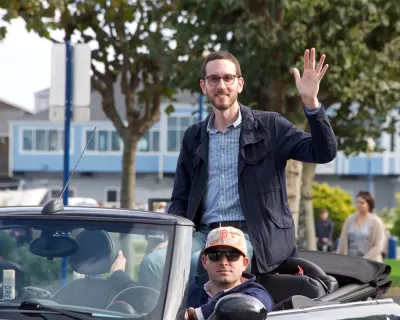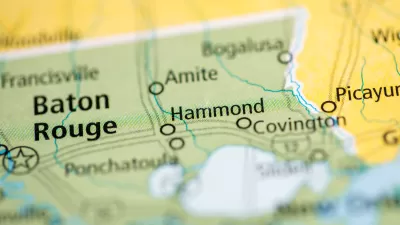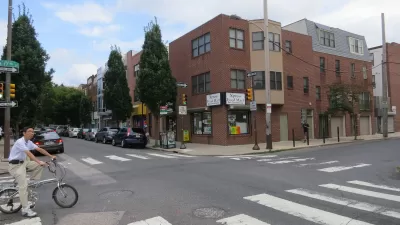The YIMBY movement seems to be gaining steam as more the country deals with growing housing prices and increasing numbers of people experiencing homelessness. Recent research reveals where pro-development forces are most likely to call home.

The past decade or so has seen a string of planning and zoning reforms, backed by a growing coalition of pro-development forces sometimes referred to as YIMBY groups. The political and cultural accomplishments of these pro-development groups are, in effect, reversing a century-long planning status quo that has mostly favored single-family zoning and automobile-oriented sprawl.
“The emergence of such visible and vocal pro-housing groups has become a defining feature in land use debates over the past several years—a counterbalance to long-standing homeowners who oppose new housing, often referred to as NIMBYs, for ‘Not In My Backyard,’” according to an article by Cassidy Pearson and Jenny Schuetz for Brookings.
The source article provides access and insight into a recent brief that documents where these YIMBY pro-development groups have gained the most prominence. The article suggests that more research into where, how, and why pro-housing groups emerge is relevant to economics, political science, sociology, and urban planning.
“More than 140 of these groups existed as of January 2022, although their size and activity level vary. Nearly 60% of states (29) have at least one active group, with the highest concentrations in California, Massachusetts, Texas, and Washington,” write Pearson and Schuetz. These groups tend to coalesce around local jurisdictions, and they are more common on the West Coast, according to the article.
More details on the findings and methodology are included in the source article, linked below.
FULL STORY: Where pro-housing groups are emerging

Alabama: Trump Terminates Settlements for Black Communities Harmed By Raw Sewage
Trump deemed the landmark civil rights agreement “illegal DEI and environmental justice policy.”

Planetizen Federal Action Tracker
A weekly monitor of how Trump’s orders and actions are impacting planners and planning in America.

The 120 Year Old Tiny Home Villages That Sheltered San Francisco’s Earthquake Refugees
More than a century ago, San Francisco mobilized to house thousands of residents displaced by the 1906 earthquake. Could their strategy offer a model for the present?

Ken Jennings Launches Transit Web Series
The Jeopardy champ wants you to ride public transit.

BLM To Rescind Public Lands Rule
The change will downgrade conservation, once again putting federal land at risk for mining and other extractive uses.

Indy Neighborhood Group Builds Temporary Multi-Use Path
Community members, aided in part by funding from the city, repurposed a vehicle lane to create a protected bike and pedestrian path for the summer season.
Urban Design for Planners 1: Software Tools
This six-course series explores essential urban design concepts using open source software and equips planners with the tools they need to participate fully in the urban design process.
Planning for Universal Design
Learn the tools for implementing Universal Design in planning regulations.
Clanton & Associates, Inc.
Jessamine County Fiscal Court
Institute for Housing and Urban Development Studies (IHS)
City of Grandview
Harvard GSD Executive Education
Toledo-Lucas County Plan Commissions
Salt Lake City
NYU Wagner Graduate School of Public Service





























